Art. 150 Code of Civil Procedure indicates the list of actions that a judge must take to ensure the legality and completeness of the trial. What exactly these actions are described below.
Legislative regulation
The preparatory stage of the trial poses serious challenges for the judge and the parties, having solved which, they will be able to achieve the process in full compliance with the law.

The procedure for preparing for trial is mentioned directly in Art. 150 GIC. Its provisions are closely related to other points of the law, which must be taken into account in order to get a correct understanding.
To help the judges, a resolution of the Plenum of the Supreme Court of the Russian Federation on the preparation procedure was issued. Nevertheless, each judge conducts it, guided by their own understanding and experience. Here, as anywhere else, the theory and practice of applying the law are closely intermingled.
Start preparing for the process
The trial in the civil process can be divided into two main stages - preparatory and the consideration of the dispute on the merits.
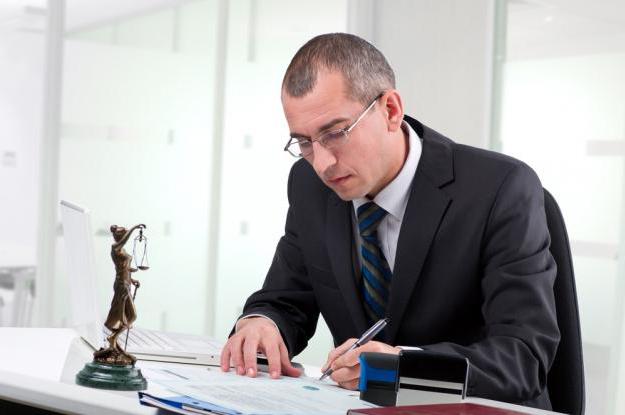
Preparation for the process begins after the lawsuit or application is accepted for production and a court ruling on the opening of the proceedings is issued.
Art. 150 GIC is a long list of actions that may seem unsystematic, but it is not.
Preliminary meeting
The preparation of a civil case for trial is carried out for the most part as part of the preliminary hearing. Exceptions are the preliminary distribution of definitions with a message on the opening of production and the resolution of the issue of interim measures. The judge has the right to apply them at any time during the proceedings, resolving the issue outside the court session on the basis of a statement by the person concerned.
The purpose of the preliminary meeting is to solve the problems facing the court in preparation for the trial.
Challenges facing the judge
They can be distinguished in several points:
- inform the participants of the process about the time and place of the meeting;
- explain to the parties their rights and obligations;
- clarify the requirements of the plaintiff, find out the opinion of the defendant;
- point out to the parties the need for additional evidence;
- make a decision on the participation of other persons;
- demand evidence and order an examination;
- the correct qualification of relations between the parties in terms of law.
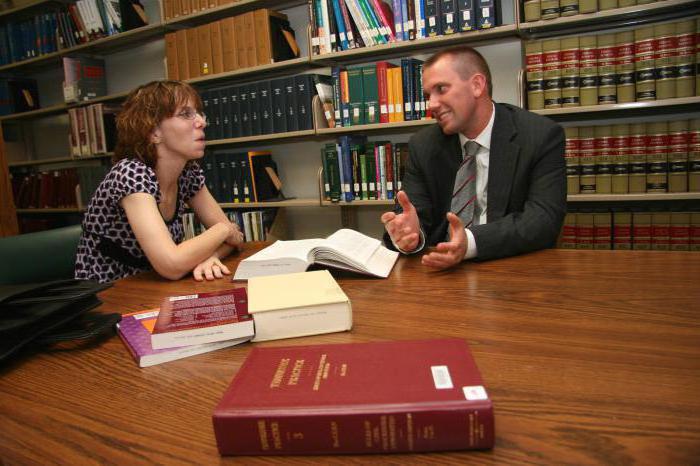
The preparatory stage of the trial in the civil process provides a wide range of opportunities that open up before the court and participants in the process.
Process Start Message
All participants in the process are sent a copy of the court ruling on the opening of proceedings on the claimed claim. The document provides a summary of the requirements, place and date of the meeting, who is appointed by the judge.
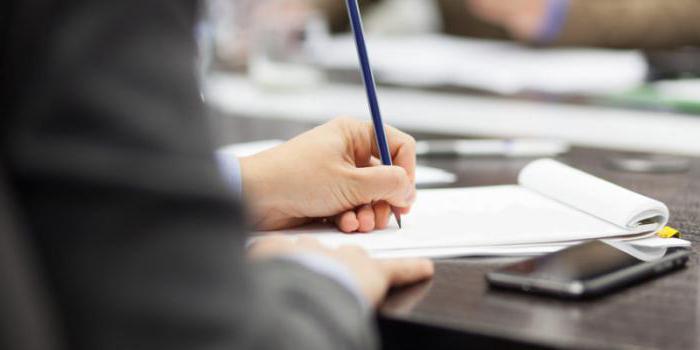
Each judge in his own way formulates a decision on opening a case. Some cost a minimum amount of information, others vice versa. For example, the document lists the rights and obligations and actions that it is desirable to carry out (present documents of witnesses). The judges, noting that there will most likely be no representative lawyer, directly indicate what documents are needed. Art. 150 Code of Civil Procedure does not encourage, but does not prohibit.
For example, a judge, having accepted a statement on the termination of enforcement proceedings in connection with the payment of a debt, indicates the need for a statement from the bailiff about the amount of the debt and confirmation of its repayment, since the receipt issued by the collector is not enough.
Further actions of the court
All actions that are carried out in the office of the judge are part of the preliminary meeting. The judge announces the beginning of the meeting, introduces himself, the secretary, the record holder. The rights and obligations are clarified (this is done automatically). The right to challenge the judge or the secretary is necessarily reported.

Clarification of the claim is necessary if it is incomplete. For example, the exact amount claimed by the plaintiff is not indicated, or one of the claims is not presented, without which the court decision does not make sense. For example, the plaintiff asks to recognize the rights to the property without canceling the rights of the previous owner in the register of rights.
The judge may ask clarifying questions about the circumstances of the lawsuit.
Questions may be asked of the defendant, in particular whether he will give a written objection to the claim.
Participation of other persons
There is the concept of an improper plaintiff when claims are presented to the wrong person, for example, to the social security department instead of separating a pension fund. The judge has the right to propose replacing the defendant. Without the consent of the plaintiff, this cannot be done, and the judge is then obliged to continue consideration of the case. Most often, a refusal to replace the plaintiff ends in a court loss. However, the right to action against the proper plaintiff remains.
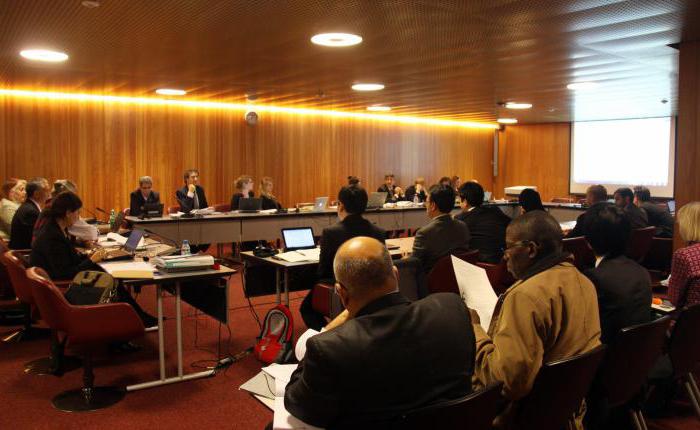
Third parties are involved on their own initiative or at the suggestion of the court. By the way, can he attract them only of his own free will, Art. 150 Code of Civil Procedure of the Russian Federation does not report, leaving, therefore, a gap in the law.
Judges solve the problem as follows: since a person must participate, a set of documents must also be provided for him. If it is not enough, the lawsuit remains motionless and instructions are sent to the plaintiff about the need to correct the text of the lawsuit and prepare a set of documents for other persons.
Deciding on evidence
The judge may explain what documents are still needed. For example, the price of a claim is confirmed by an appraiser report. For example, documents confirming kinship in family disputes. If they cannot be provided, the court points to other possible evidence. This is roughly interpreted as Art. 150 Code of Civil Procedure of the Russian Federation and judges and practicing lawyers.
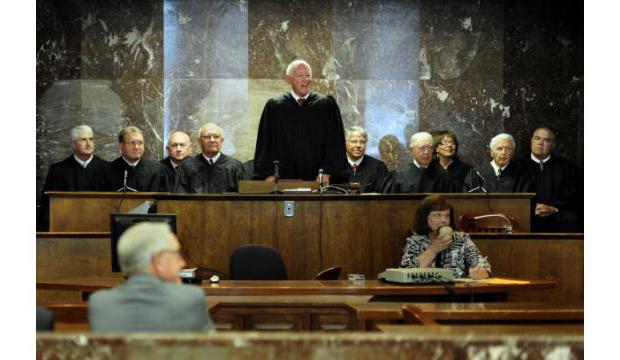
If the participant in the process is not able to obtain information on his own, the judge offers help and requests it at the written request of the needing party.
As a rule, a claim by the court is allowed in two cases: the body or person holding the documents refuses to provide them or the court only has access to it by force of law (for example, information protected by notarial secret).
Some judges are asked to justify the need for their assistance in obtaining evidence and to prove the fact of a written request or to provide a written refusal.
If it is required to conduct a study of material evidence, to question witnesses located in another region, a court order is sent. It is executed by the court at the location of the evidence or witnesses.
Art. 150 Code of Civil Procedure of the Russian Federation with comments offers other practical examples.
Appointment of expertise
The examination is appointed either at the initiative of the parties, or by a court decision. Usually this issue is resolved at the stage of preparing a civil case for trial.
The need for expert research may arise later, when the dispute is already being examined on the merits. For example, a new document has been submitted and the second side claims that it is fake, and the judge needs to find out with the help of an expert whether it is genuine or not.
It is decided to which expert or institution to commission the examination, who will pay for it and what questions to put before the expert.
Results of the preliminary meeting
The actions of the judge in preparing the case for trial end with a determination on the transition to consideration of the case on the merits after all other statements of the parties related to the preparation are resolved. If something can be done right away, it is done, then the meeting is adjourned. As soon as the court has the necessary materials, the process resumes.
For example, a court interrogates witnesses, examines evidence that is already at its disposal, and then adjournes the hearing in connection with the appointment of an examination and the collection of evidence and the sending of instructions.
Simplified Production Ratio
The consideration of the case in a simplified procedure is provided on the basis of the documents provided, the parties are not called. The judge in the preparation of the case for production may propose to consider it in a simplified manner, without calling the parties.
Full preparation for the trial is not carried out, and in such cases, as a rule, it makes no sense. It is important that the lawyer who prepared the documents has sufficient literacy.
The identification of circumstances that exclude the consideration of cases in the simplified proceedings order obliges the judge to begin the consideration of the case in a general manner. It all starts with the preparatory phase as part of the preliminary meeting.
It should be noted that the simplified procedure raises questions, and judges simplify the conduct of the process using the absentee decision-making procedure. Another option - having collected sufficient materials with the participation of the plaintiff, he is asked to write a statement on the decision without his participation, saving time on a full meeting. After some time, a court decision is sent to the parties.
With the careful preparation of the claim and the speed of the court, the case can be resolved within one session. Thus, time is spent much less than when considering a case in the order of simplified proceedings.